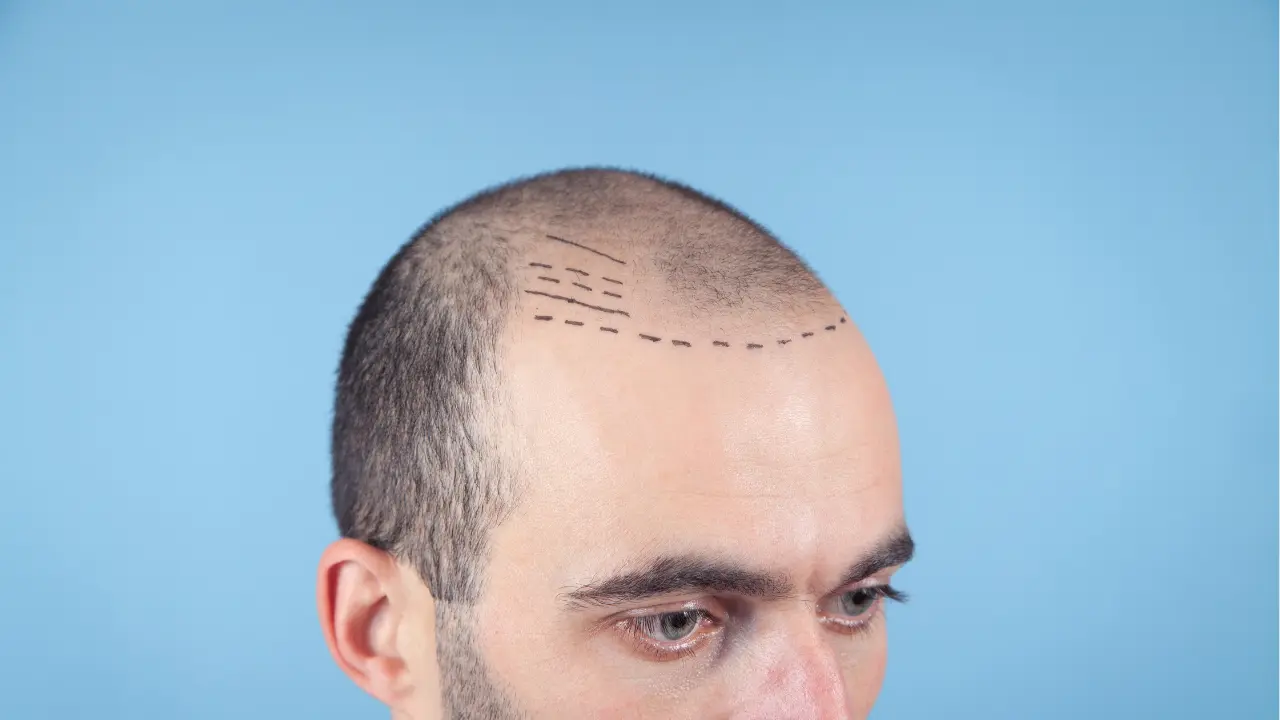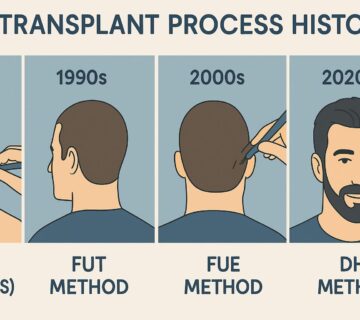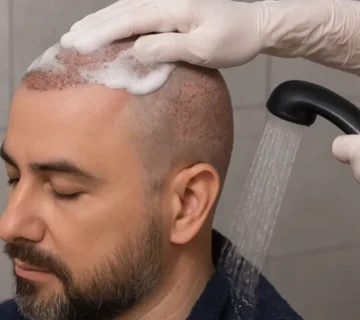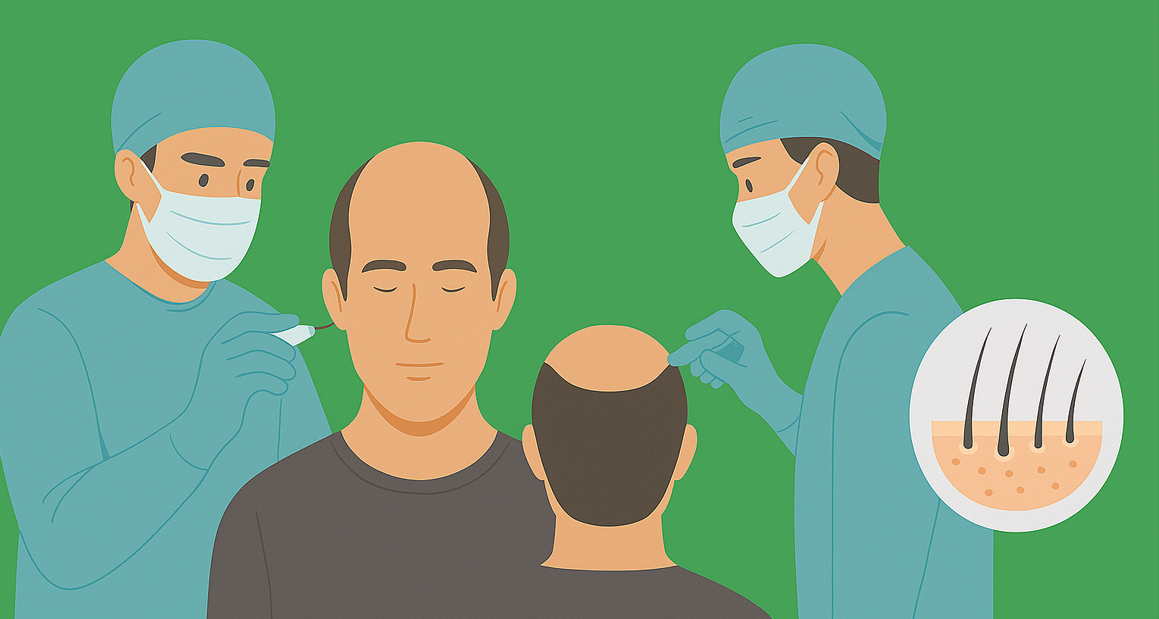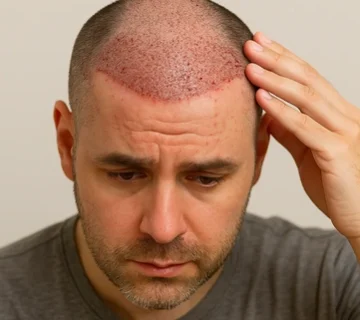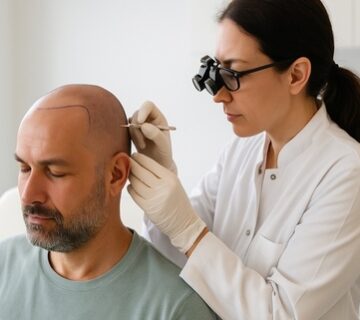What Is DHI Hair Transplant?
DHI (Direct Hair Implantation) is one of the most advanced hair transplant techniques available today. Unlike traditional methods like FUE or FUT, DHI uses a specialized tool called the Choi Implanter Pen to extract and implant hair follicles in a single step. This allows for more precise control over depth, angle, and direction, resulting in a highly natural look.
While FUE requires opening channels before implantation, DHI simplifies the process, reducing trauma to the scalp and speeding up recovery.
Step-by-Step DHI Procedure
- Consultation & Planning: The hairline is designed based on the patient’s facial structure, age, and hair loss pattern. The donor area is analyzed to ensure graft sufficiency.
- Local Anesthesia: Applied to both donor and recipient areas to ensure a painless experience.
- Extraction: Hair follicles are individually removed from the donor area using a micro motor punch.
- Implantation with Choi Pen: Extracted grafts are immediately loaded into the Choi pen and implanted directly into the recipient area—no channel opening required.
- Post-Procedure Cleaning: The scalp is cleaned and the patient receives aftercare instructions.
A typical DHI session lasts between 6–8 hours and may require one or more sittings depending on the number of grafts.
Advantages of DHI Over Other Techniques
- Minimized Trauma: No need for pre-made incisions, leading to quicker healing.
- High Density: Precise implantation allows for closer graft placement.
- Natural Appearance: Custom control over direction and depth gives a seamless, realistic result.
- Lower Risk of Bleeding or Infection: Due to less invasive application.
Who Is an Ideal Candidate for DHI?
- Men and women suffering from androgenetic alopecia.
- Individuals with sufficient donor hair density.
- Patients seeking natural-looking density, especially in frontal hairlines and temple areas.
- People who prefer minimal downtime and faster healing.
Risks and Potential Side Effects
Although DHI is generally safe and minimally invasive, some side effects may occur:
- Shock Loss: Temporary shedding after transplant is normal.
- Swelling or Redness: Usually subsides within 3–5 days.
- Itching or Minor Discomfort: Common during the healing phase.
- Infection: Rare, but possible if aftercare is ignored.
Working with a certified, experienced clinic minimizes risks significantly.
Recovery Timeline and Aftercare
Day 1–3: Slight redness and swelling; rest and avoid touching the scalp.
Day 4–10: Scabbing occurs and slowly falls off. Start gentle washing.
Week 2–4: Temporary shedding of transplanted hairs (shock loss).
1–3 Months: New hair starts growing; some patchiness is normal.
6 Months: Visible growth and improved density.
12 Months: Final results achieved.
Key Aftercare Tips:
- Avoid sun exposure for 2 weeks.
- No smoking or alcohol during the healing phase.
- Follow clinic’s shampoo and care routine.
DHI vs. FUE: Which One Should You Choose?
| Feature | DHI | FUE |
|---|---|---|
| Channel Opening | Not required | Required |
| Tool Used | Choi Implanter Pen | Micro motor & forceps |
| Healing Time | Shorter | Moderate |
| Density | Higher in smaller areas | Ideal for large bald areas |
| Cost | Generally more expensive | More affordable |
DHI hair transplant is a cutting-edge solution for permanent hair restoration with minimal recovery time and natural-looking results. If you’re considering hair transplantation, DHI is worth exploring—especially when performed by experienced hands in clinics like Adem Kose Clinic.
